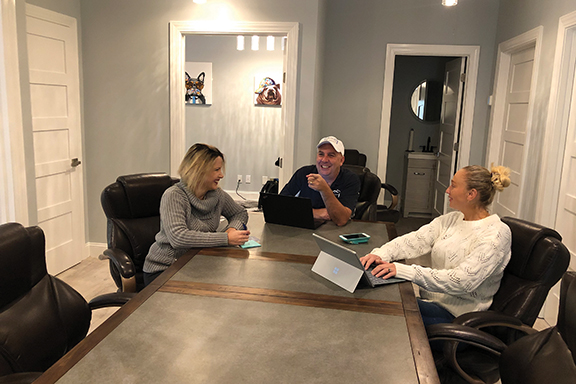Hybrid Valuation Tools Are Making Remote Appraisals Easier for the BTR Market
Cost Effective Alternatives for the BTR Investor by Kade Clark Historically low interest rates and thin inventory of available homes to buy have pushed up home prices, creating a hurdle for Americans who want more space for working from home, remote learning, and maybe a treadmill to stay in shape. This combination of factors has attracted investors to the single-family rental market and forced some to create their own opportunities
Read More












